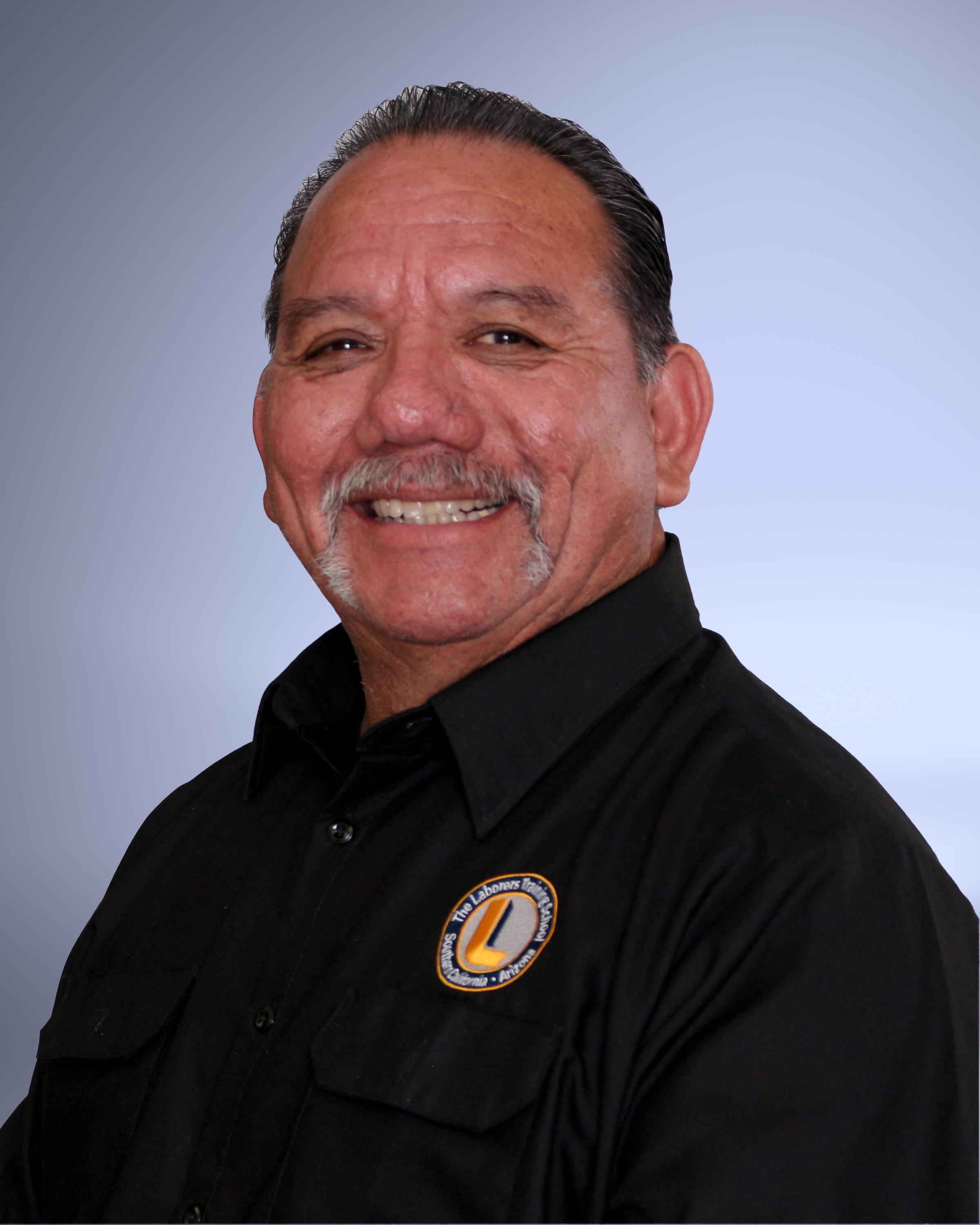Presented by Mark Solano, CHST. and the Laborers Training School
Today, we're going to discuss a crucial aspect of our safety protocol: working safely around power lines. Power lines pose a significant risk of electrocution and other serious accidents if proper precautions aren't followed. By understanding and adhering to the minimum safe distances, we can significantly reduce the risk of injury or death while working near power lines.
Key Points:
1. Understanding Voltage Levels:
• Power lines carry electricity at different voltage levels. It's essential to know the voltage of the lines you'll be working near, as this determines the level of danger.
• Low-voltage lines (up to 50 kV) still pose a significant risk and require a minimum safe distance.
• Higher voltage lines (above 50 kV) pose even greater risks and demand increased caution.
2. Minimum Safe Distances:
• For lines with voltages up to 50 kV, maintain a minimum safe distance of 10 feet.
• For lines with voltages between 50 kV and 200 kV, increase the distance to 15 feet.
• Always assume that any power line could be energized and adhere strictly to these minimum distances.
3. Conducting Pre-Work Assessments:
• Before starting any work near power lines, conduct a thorough assessment of the area.
• Identify the location of overhead power lines and determine their voltage levels.
• Plan work activities to ensure that no equipment or personnel will come within the minimum safe distances of the power lines.
4. Communication and Training:
• Ensure that all workers are educated about the dangers of working near power lines and understand the importance of maintaining safe distances.
• Provide comprehensive training on recognizing power lines, understanding voltage levels, and following safety protocols.
• Encourage open communication among team members to raise any concerns or questions about working near power lines.
5. Use of Spotter/Observer:
• When working with equipment or performing tasks near power lines, designate a spotter or observer to monitor the proximity to the lines.
• The spotter should alert workers if they approach the minimum safe distances or if there are any changes in the position of equipment that could pose a risk.
Conclusion: Working near power lines requires strict adherence to safety protocols to prevent accidents and injuries. By understanding the minimum safe distances and following proper procedures, we can ensure that everyone goes home safely at the end of the day. Remember, safety is our top priority, and it's up to each of us to take responsibility for our own well-being and the well-being of our team. If you have any questions or concerns about working near power lines, don't hesitate to speak up and seek guidance from your supervisor or safety officer.

I entered the construction industry in the summer of 1979, faced with a choice from my father, who was president of Local 652 at the time: go to college or join the Laborers. I chose the Laborers.
I attended the Laborers Training School in Anza during the summer of 1980. Throughout my career, I worked with several respected companies, including Granite, Silverado, and Full Traffic Maintenance.
My passion for safety ignited during my time at Granite and I later assumed the role of Safety Manager at Griffith Company. This journey led me to serve on the subcommittee for Laborers Local 652 in Santa Ana in a management capacity.
It was there that I first learned of the position of Safety Officer at the Laborers Training School. Recognizing it as my calling, I embraced the opportunity to be part of a program that imparts knowledge ,experience, and safety values to young apprentices. It's both an honor and privilege to serve Laborer Local unions and contractors across Southern California.
"The path of safety and service is a rewarding one, built on sharing knowledge, experiences, and shaping a safer tomorrow."